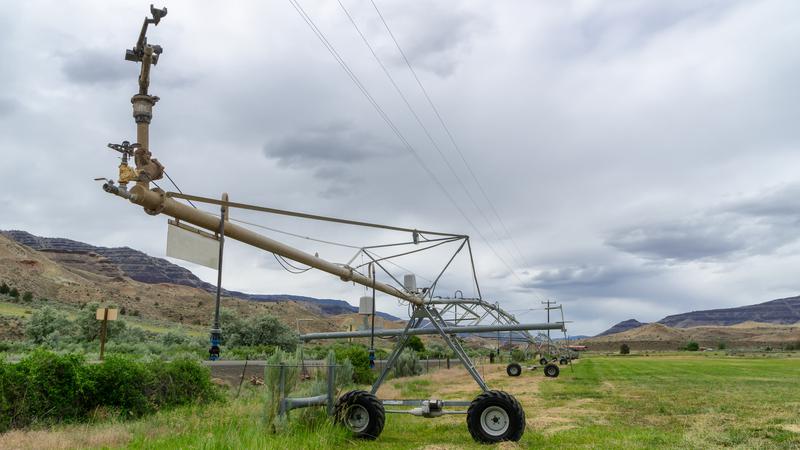
Alberta government removes holdbacks to make water more available
The Government of Alberta made water more available for communities, businesses, and irrigators by removing unnecessary holdbacks.
On Friday, the province announced they’ve removed the 10 per cent holdback on most water licence transfers as the barrier often prevents available water to be used safely by those that need it.
The decision by the government was made with three new policy directions so water is only held back when necessary.
The new rules will make water transfers easier, free up more water in southern and central Alberta, and support economic growth.
